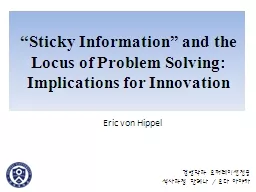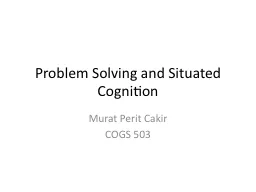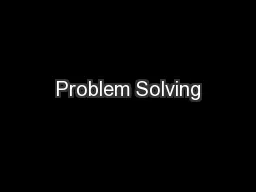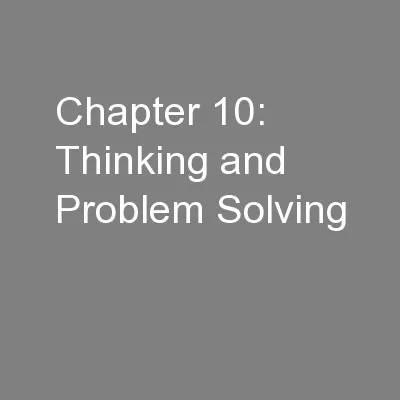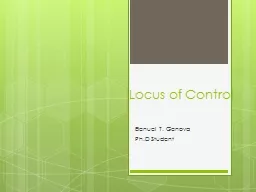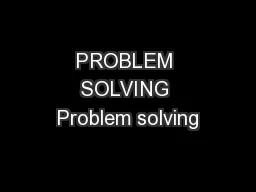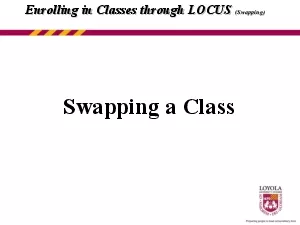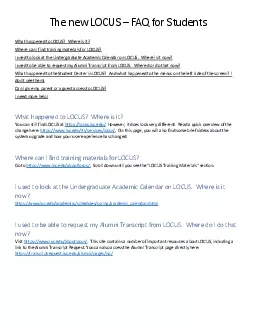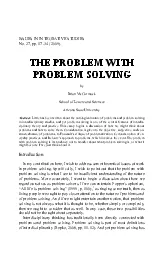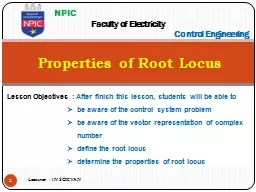PPT-“Sticky Information” and the Locus of Problem Solving:
Author : min-jolicoeur | Published Date : 2016-07-20
Eric von Hippel 경영학과 오퍼레이션전공 석사과정 한혜나 오다 아야카 ProblemSolving Information Capabilities What is Sticky Information
Presentation Embed Code
Download Presentation
Download Presentation The PPT/PDF document "“Sticky Information” and the Locus o..." is the property of its rightful owner. Permission is granted to download and print the materials on this website for personal, non-commercial use only, and to display it on your personal computer provided you do not modify the materials and that you retain all copyright notices contained in the materials. By downloading content from our website, you accept the terms of this agreement.
“Sticky Information” and the Locus of Problem Solving:: Transcript
Download Rules Of Document
"“Sticky Information” and the Locus of Problem Solving:"The content belongs to its owner. You may download and print it for personal use, without modification, and keep all copyright notices. By downloading, you agree to these terms.
Related Documents

